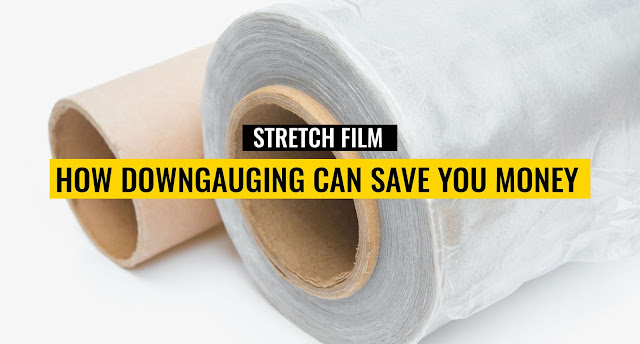Elevate Your Packaging Game: A Comprehensive Look at Post-Printing Machines Introduction: In the ever-evolving landscape of packaging, staying ahead of the competition requires innovation and efficiency. Post-printing machines have emerged as game-changers in the packaging industry, offering manufacturers unparalleled flexibility and quality in producing corrugated boxes. This comprehensive guide aims to delve into the world of post-printing machines, exploring their functionalities, benefits, and the transformative impact they have on elevating packaging standards. Understanding Post-Printing Machines: Post-printing machines are integral to the manufacturing process of corrugated boxes, enabling the application of graphics, text, and branding onto pre-formed boxes. Unlike pre-printing methods, which occur before corrugation, post-printing takes place after corrugation, allowing for greater customization and efficiency. Types of Post-Printing Machines: Flexographic Printing Presses: Th...
How Downgauging Stretch Film Can Save You Money ?
Downgauging stretch film means using a thinner film without sacrificing the strength and quality of the wrap. Here are some ways downgauging can save you money:
- Reduce material costs: Using thinner stretch film means you will use less material, which can result in significant savings over time.
- Reduce freight costs: Since thinner stretch film is lighter, it can reduce the weight of your shipments, leading to lower freight costs.
- Increase productivity: With less material to wrap, your workers can wrap more pallets per hour, increasing productivity and reducing labor costs.
- Reduce waste: Since you are using less material, there will be less waste, which can lead to additional savings in disposal costs.
- Improve sustainability: Using thinner stretch film can help reduce your company's carbon footprint, which is beneficial for the environment and your brand image.
However, it's important to note that downgauging isn't always the best solution. Thinner films may not provide adequate protection for heavier or irregularly shaped loads, and could result in damage during transit. It's important to work with a packaging supplier to determine the best stretch film thickness for your specific application.

Comments
Post a Comment